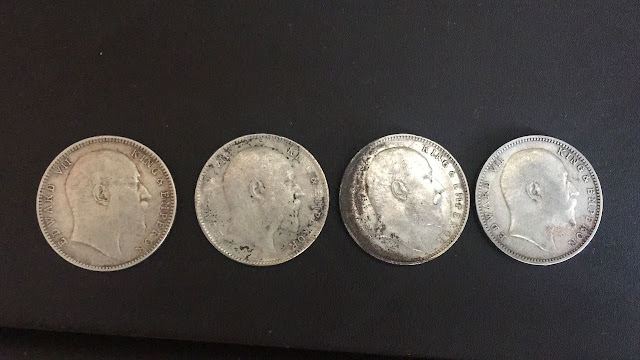The Bharatiya
June 27, 2018
SPMF Therapy
Fight knee pain without undergoing surgery
Osteoarthritis is a debilitating disease that greatly affects the quality of life. The cartilage that acts as a cushion between bones in the joints gradually and painfully deteriorates, causing immense joint pain, thereby restricting movement. Most often the condition is treated through extensive surgeries like knee replacements, which cause unnecessary trauma and offer only temporary relief of symptoms.
REPLACE YOUR TREATMENT, NOT YOUR KNEES
SPMF Therapy is non-surgical, safe and pain-free therapy that employs electromagnetic rays. Over 7,000 cases of osteoarthritis have been successfully treated by these rays that are concentrated on the affected joints, to regenerate the cartilage cells around the bone ends, thereby restoring mobility in the joints.
UNIQUE TECHNOLOGY
SBF Healthcare and Research Centre is known for its non-invasive SPMF technology, which has been created by Wg. Cdr. (Dr) VG Vasishta (Retd.), former professor and HOD of radio-diagnosis, Institute of Aerospace Medicine, Indian Air Force, Bangalore, after years of research. The centre, which is located in Mumbai, Pune and Bangalore, holds international patents for this technology used for the treatment of osteoarthritis.
Call: 9137482213.
www.sbfhealthcare.com (*Results may vary from patient to patient. Procedures given are based on the expert’s understanding of the said field.)
Patient testimonial
“Work like this is what makes India stand as first amongst equals. I have undergone the treatment myself and have no doubt that we have the ability and cutting edge technology to see what the future is about. Wg Cdr Vasishta does us proud. I have no doubt that one day he will be a Nobel Laureate,” says Renuka Chowdhury, Member of Parliament-Rajya Sabha, Ex-Union Minister of State.
Osteoarthritis is a debilitating disease that greatly affects the quality of life. The cartilage that acts as a cushion between bones in the joints gradually and painfully deteriorates, causing immense joint pain, thereby restricting movement. Most often the condition is treated through extensive surgeries like knee replacements, which cause unnecessary trauma and offer only temporary relief of symptoms.
REPLACE YOUR TREATMENT, NOT YOUR KNEES
SPMF Therapy is non-surgical, safe and pain-free therapy that employs electromagnetic rays. Over 7,000 cases of osteoarthritis have been successfully treated by these rays that are concentrated on the affected joints, to regenerate the cartilage cells around the bone ends, thereby restoring mobility in the joints.
UNIQUE TECHNOLOGY
SBF Healthcare and Research Centre is known for its non-invasive SPMF technology, which has been created by Wg. Cdr. (Dr) VG Vasishta (Retd.), former professor and HOD of radio-diagnosis, Institute of Aerospace Medicine, Indian Air Force, Bangalore, after years of research. The centre, which is located in Mumbai, Pune and Bangalore, holds international patents for this technology used for the treatment of osteoarthritis.
Call: 9137482213.
www.sbfhealthcare.com (*Results may vary from patient to patient. Procedures given are based on the expert’s understanding of the said field.)
Patient testimonial
“Work like this is what makes India stand as first amongst equals. I have undergone the treatment myself and have no doubt that we have the ability and cutting edge technology to see what the future is about. Wg Cdr Vasishta does us proud. I have no doubt that one day he will be a Nobel Laureate,” says Renuka Chowdhury, Member of Parliament-Rajya Sabha, Ex-Union Minister of State.























































